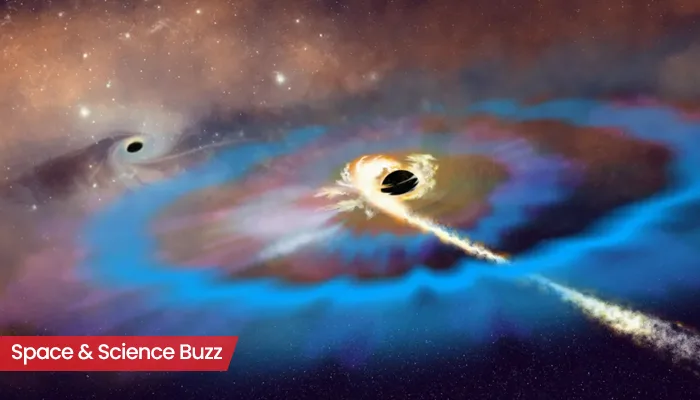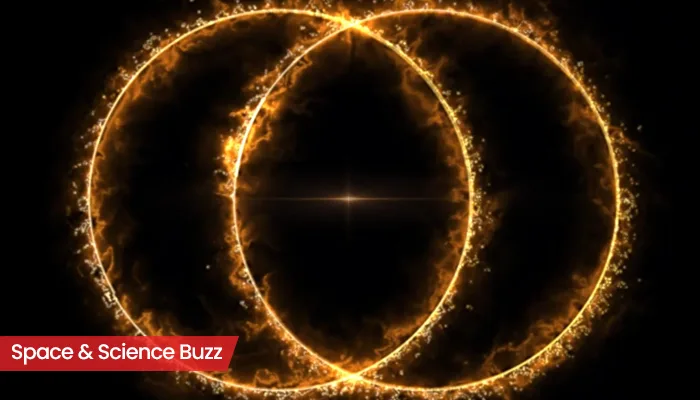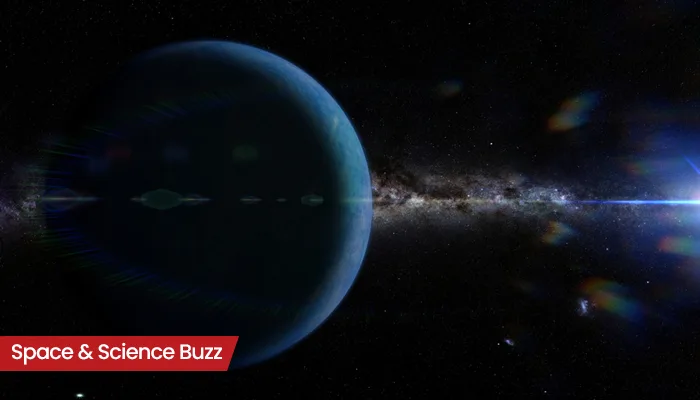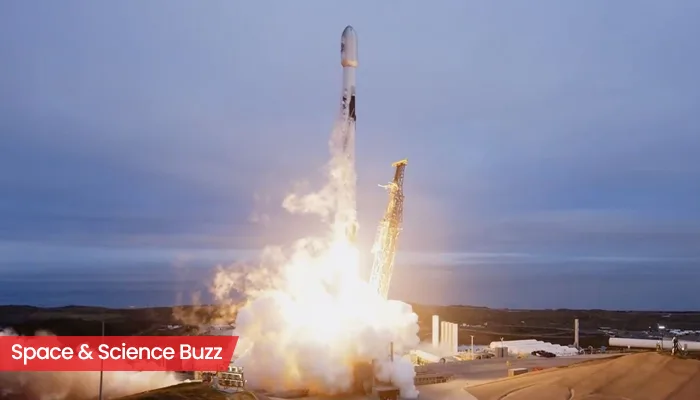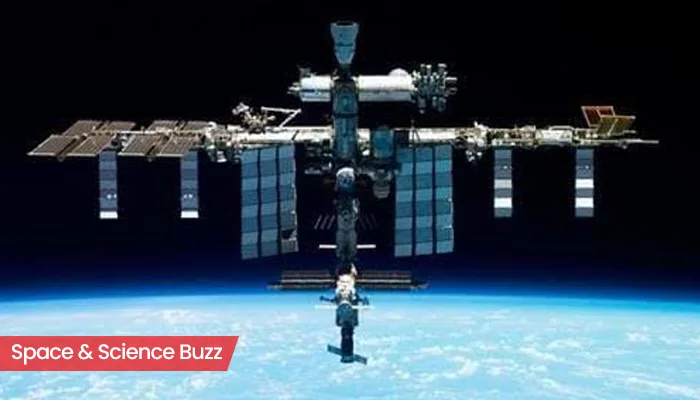
Here are today’s most important updates from the realm of Science and Space.
Half a Degree, Triple the Trouble: Earth’s Uninhabitable Zones Set to Explode
As climate change continues to worsen the situation across the globe with extreme weather events becoming the norm, a new study revealed that just a 0.5 degree Celcius rise in temperature will lead to more parts of the planet becoming too hot for humans to live in. 2024 has already breached all temperature records and was the first calendar year with a global mean temperature of more than 1.5°C above the pre-industrial average. This uninhabitable area will be almost the size of the US if global warming reaches 2°C above the preindustrial average. The team noted that the three deadliest heat events of the 21st Century collectively caused nearly 2,00,000 deaths.
When the Moon Took a Hit: Asteroid Impact Stronger Than Earth’s Entire Nuclear Stockpile

Scientists at the Lunar and Planetary Institute (LPI) have made a mind-blowing discovery hinting at the nature of asteroid crashes on the Moon. They have discovered two immense canyons hidden in the lunar far side similar in width and depth to the Earth’s Grand Canyon. It was further predicted that they were produced when the Moon was impacted by asteroids and comets. The impacting asteroid or comet likely hit the lunar surface at a speed of nearly 55,000 kilometres per hour. The object that struck the moon is estimated to have been about 25 km in diameter, larger than the asteroid that struck Earth 66 million years ago and doomed the dinosaurs. The energy to produce the grand canyons on the Moon is about 130 times larger than the energy in the global inventory of nuclear weapons.
Underwater Living? 1000-Cr Mega Project to Turn Sci-Fi into Reality!

An UK based company named DEEP has published plans to create a base underwater that could support human life and work for extended periods. The base is expected to be located up to 200 meters beneath the surface of the ocean; to accommodate six or more people. In effect, this project will bring humanity to being an aquatic species, where continuous human presence will start with its first deployment. Since oceans cover two-thirds of the planet and are responsible for delivering crucial oxygen, this initiative is likely to cast a new light on areas of the ocean we still know so little about, as has been seen in the expansion of knowledge in space exploration.
12 Times the Size of Jupiter! Astronomers Stumble Upon a Cosmic Enigma

Scientists have found a colossal exoplanet, Gaia-4b, weighing in at 12 times Jupiter’s mass—one of the biggest ever spotted. Orbiting a small star 244 light-years away, Gaia-4b is a cold gas giant, while another discovery, Gaia-5b, is a “failed star” brown dwarf 21 times Jupiter’s mass. This is Gaia’s first major exoplanet discovery using the “wobble” technique, and experts say it’s just the beginning. Gaia-5b orbits the Gaia-5 star, around 134 light-years away from Earth. ESA said that they discovered the two planets by analysing the gravitational tug or ‘wobble’ around their star. A planet in orbit around a star creates a tiny gravitational ‘tug’ that makes the star ‘wobble’ around its centre of mass and travel in a corkscrew-like motion across the sky.

.webp)
.webp)
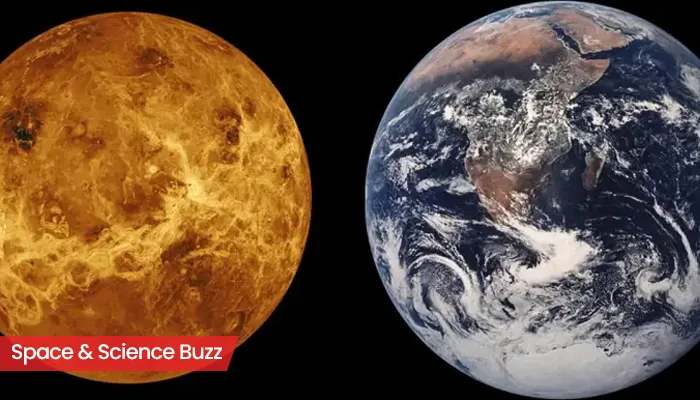
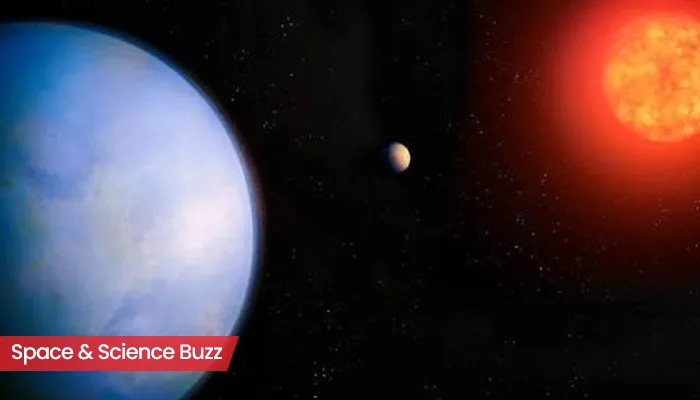
.webp)
.webp)
.webp)
